Iran Press/ Iran News: There are colors whose various shades have long been used in Persian arts including carpet weaving, pottery and tessellation. Some of these colors are internationally known as Persian colors for example Persian Blue.
Iranian colors come from the heart of these arts. These arts have been exported to all parts of the world, and people named them "Iranian colors" worldwide. Persian colors represent the country's culture and the gentle spirit of our artists and artisans.
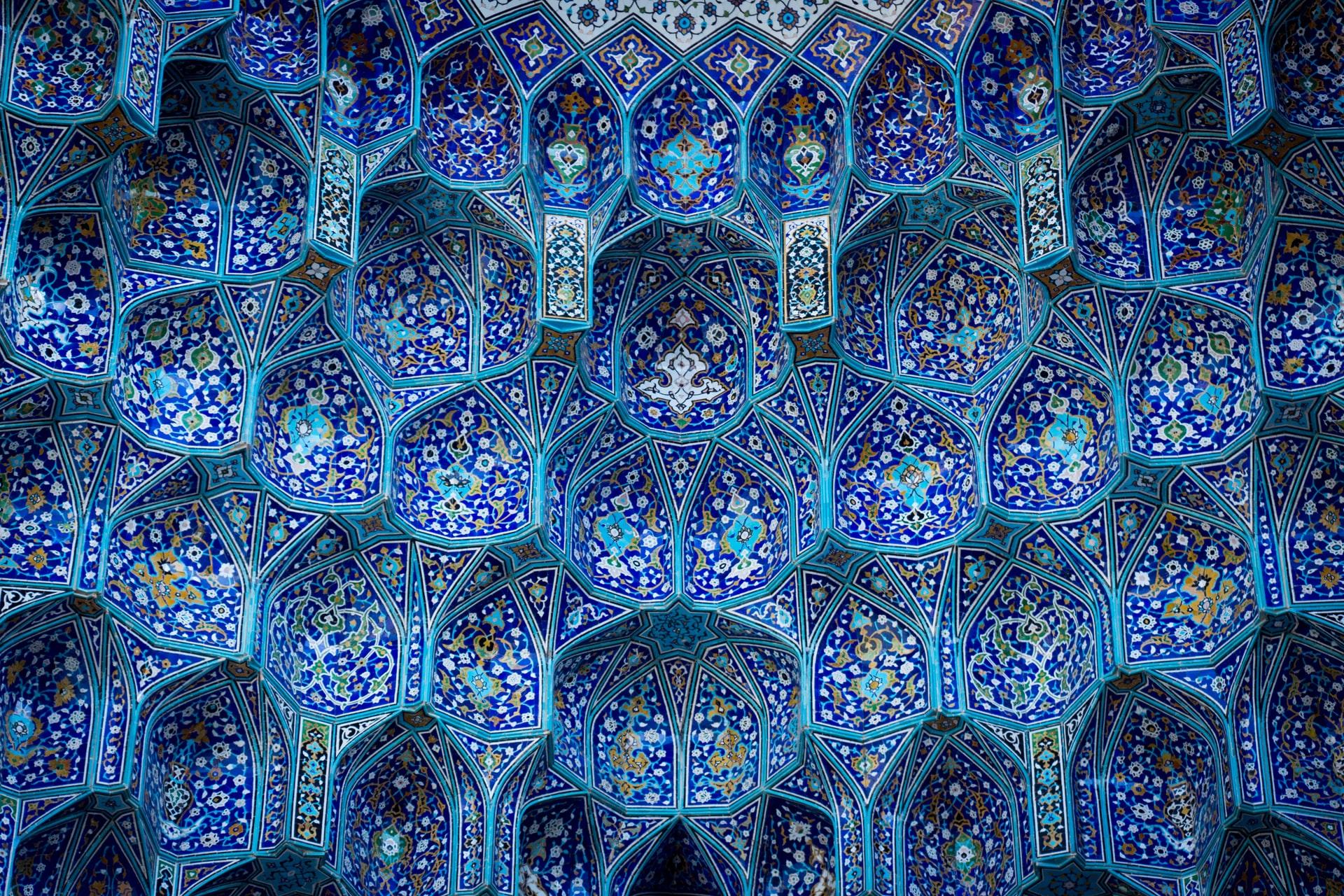 Persian Blue
Persian Blue
Perian Blue
The tradition of Iranian tiling inspired this color as the name of our country. Iranian blue, or Persian blue, is one of the most famous Persian colors used in various industries and arts. It is interesting to know that for the first time in 1669, the term "Persian blue" was used in the English language and literature. Other names for this Iranian color are carbon blue, Iranian blue, and shawl blue. Persian blue has three different shades: ordinary Persian blue, azure Persian blue, and turquoise Persian blue.
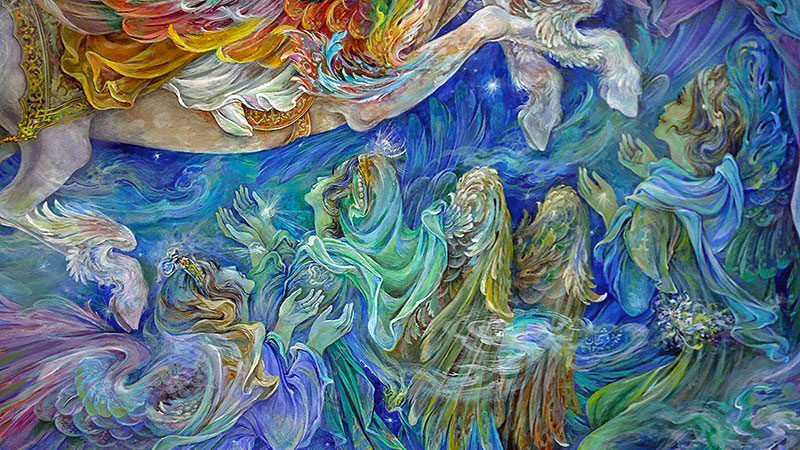 Persian Blue is greatly revered in literature
Persian Blue is greatly revered in literature
The Significance of Blue in Illustrations of Persian Literature
The significance of the color blue in Persian culture can be seen in their literature, as well as its craft traditions cannot be over-emphasized. Mastercrafts from Persia celebrate the many permutations of the use of the color blue, from palest turquoise to darkest indigo, as well as its life-giving symbolism – think water and sky and then add its celestial quality. The show covers a range of materials and categories, particularly focusing on ceramics; but also celebrating blue in architectural decoration, glass, cloisonné, textiles and carpets, photographic prints, as well as painting in particular for manuscripts.
 Persian turquoise color is inspired by this gemstone
Persian turquoise color is inspired by this gemstone
Persian Turquoise, Green
Persian turquoise Introduces the most famous Iranian color that is world famous and symbolizes holiness and purity. Turquoise stone and turquoise color are very popular among the people of Iran. Persian green is a dark, grayish-green combined with blue. The green color of some Iranian pottery is named and the color of the mineral is malachite. This color is very popular in Iran because green is a symbol of nature, paradise, and sanctity. The first recorded use of Persian green as a color in English in 1891 was due to traditional Iranian architecture. This color is used in the architecture of religious places, tiling, turquoise, making jewelry, and carpet weaving.
Related Article: Iranian Turquoise; what Iran is known for
Persian Indigo
This color is from the Iranian blue family and its other name is Persian Indigo or indigo purple. The first use of the term Persian indigo in English was in 1912. This color is darker than Iranian blue and is also known as Iranian dark blue or indigo garlic. This paint is also widely used in Iranian tiling and pottery.
 Indigo blue is used in tiling mosques in Iran
Indigo blue is used in tiling mosques in Iran
Persian Azure Blue
This blue color belongs to the azure blue family or shawl with lower color intensity and a bluish-gray color. This color is known among Italian cloth sellers as blue.
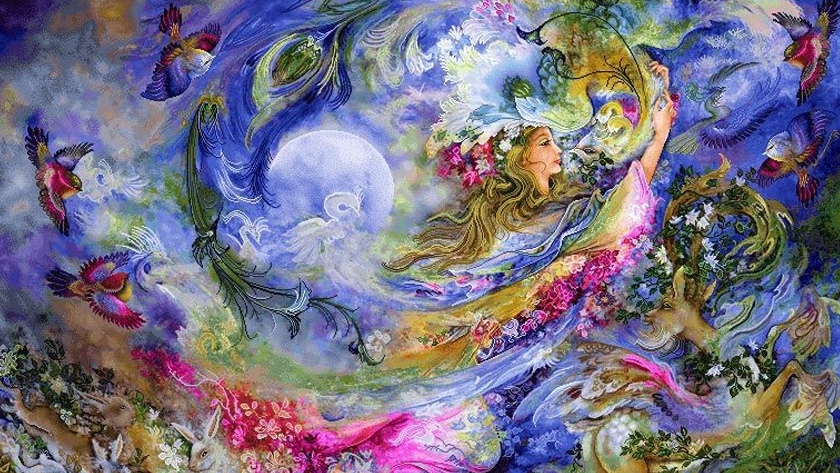 All shades of Persian blue are depicted in this miniature
All shades of Persian blue are depicted in this miniature
Persian Rose
The Persian rose is originally a color from the red family. This color is a combination of magenta and pink colors and is widely used in girls’ clothing and accessories. Persian rose is a color that has entered the English language and literature since 1992 and is similar in appearance. The Persian rose or rose is inspired by the Iranian Mohammadi rose.
 Persian Rose inspired the rose hue used in Iran
Persian Rose inspired the rose hue used in Iran
Persian Pink
Persian pink is a tone of light pink and purple. The first recorded use of Iranian pink as a color name in English was in 1923. This color has been used in Qajar period tiles as well as in carpet weaving.
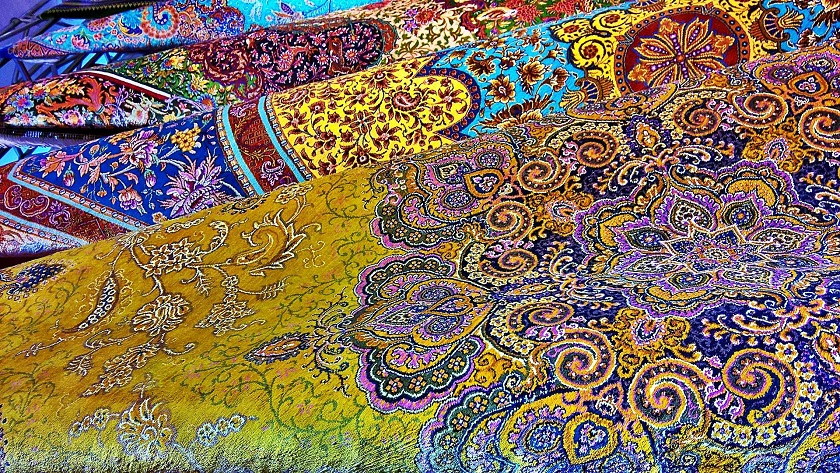 All shades of Persian color are used in artefacts such as traditional carpet
All shades of Persian color are used in artefacts such as traditional carpet
Persian Plum
This color is traditionally called Persian plum because it represents the medium color of a plum. This color represents the color of prunes. This color, which is obtained from a combination of brown and red and belongs to the crimson color family, is called jujube in Persian. This color has many uses in Iranian handicrafts.
Persian Red
Persian red is a deep reddish-orange soil or pigment from the Persian Gulf and the island of Hormuz, which is composed of a combination of iron silicate and alumina with magnesium. This color is also called artificial red. The first recorded use of Persian red as a color name in English dates back to 1895. In Iran, it is also called red or pomegranate seed
 Persian Red, Plum and pink are used in this silk carpet
Persian Red, Plum and pink are used in this silk carpet
eh Anari). The main use of Persian red color is in pottery and carpet weaving, Iranian carpet in our minds is mainly red or lacquer.
Persian Orange
As for the history of the orange color, as we have heard, the bitter orange was first sent to China via the Silk Road from Iran. Through its grafting, the Chinese produced a new and sweet fruit called orange. And later this fruit was imported to Iran through Portugal. This color, like Persian red, is obtained from the soil of the coasts of Hormoz and contains iron oxide powder. Persian orange is a medium orange color that is commonly used in Persian carpets and pottery. The first recorded use of Persian orange as a color name in English was in 1892.
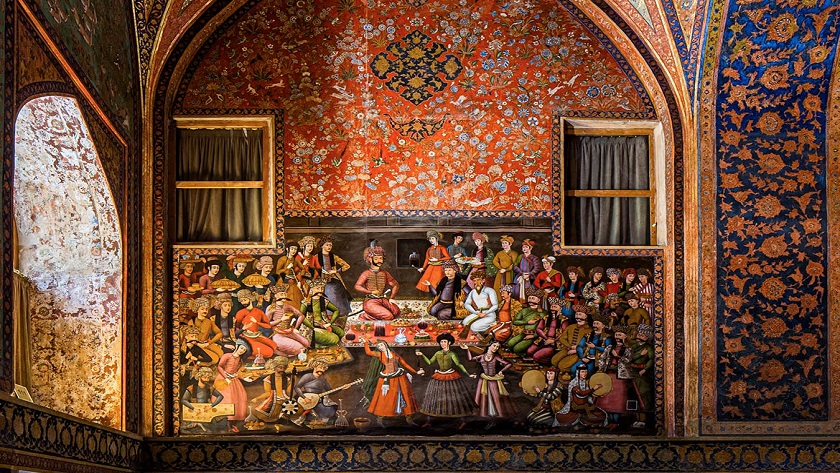 Miniature painting depicting all shades of Persian Red, Pink, and Plum. Chehel Sotoon Palace in Isfahan
Miniature painting depicting all shades of Persian Red, Pink, and Plum. Chehel Sotoon Palace in Isfahan
These Persian colors are found in abundance such as in Iranian carpets, traditional and modern tiles, jewelry, and handicrafts. This unchanging presence of Persian colors is strongly due to their mystical perception and admirable and heavenly harmony.
A.Salehian
Read More:
Pomegranate; What Iran is known for
Ashkan Salehian

